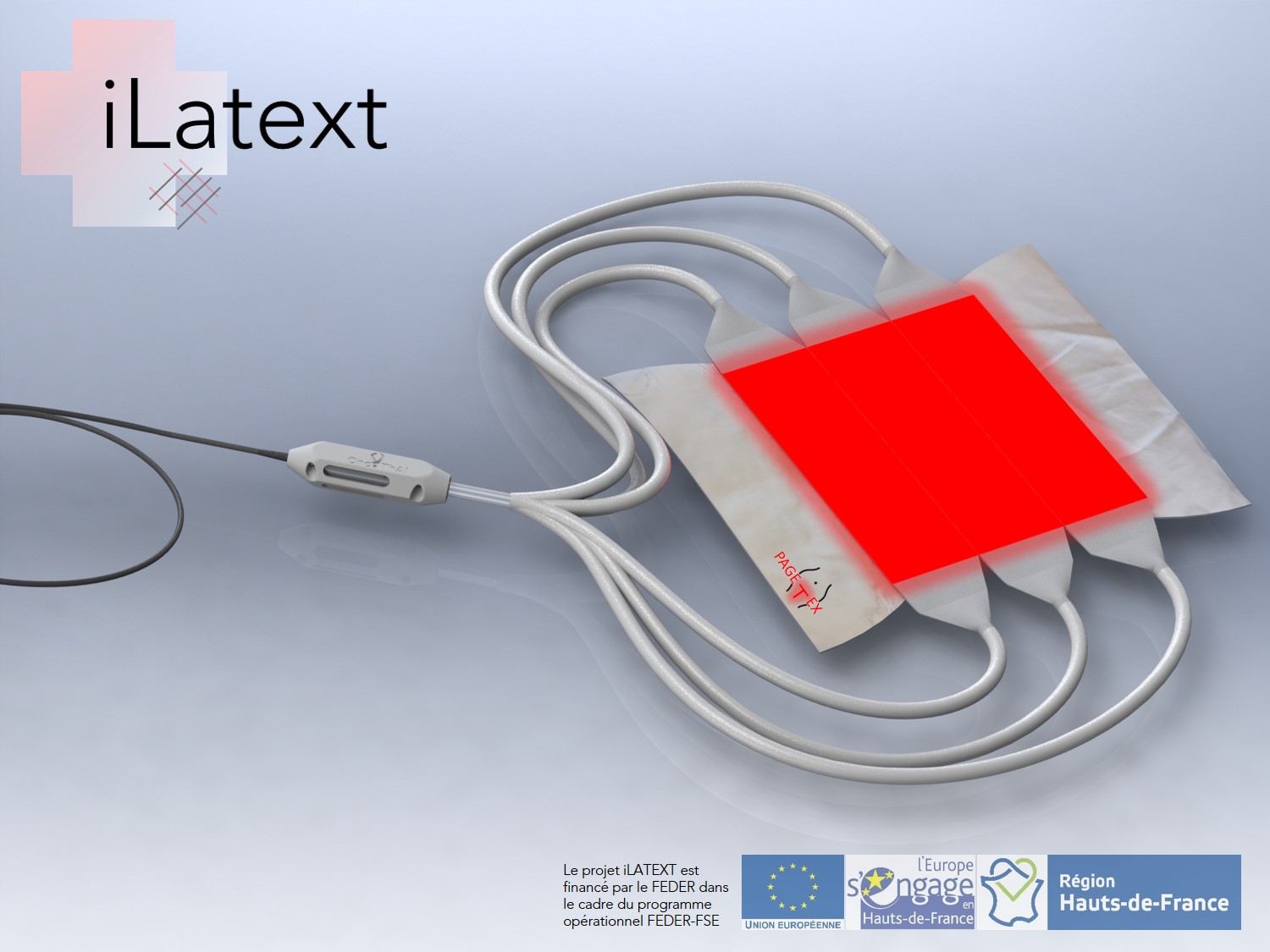Interventional, mono-centric study on the clinical efficacy and safety of the medical device PAGETEX as a photodynamic therapy device in the treatment of Extra-mammary Paget's disease of the Vulva (EMPV)
Ongoing / closed: Ongoing
Research type (rétro/prospective): prospective
Synopsis:
Paget's disease (MMP) is a rare form of superficial skin cancer, the most common of which is the vulva (76% of cases).
The disease is observed around 70 years, rather in European-type women and is revealed by pruritus and vulvar burns of chronic evolution. The diagnosis is often too late (from a few months to several years) because the symptoms that can be related to common conditions (candidiasis, eczema) are neglected by patients or misinterpreted by doctors.
The treatment of reference is based on surgical excision but unfortunately local recurrences are very frequent (17 to 38% of cases) even if the margins of excision are healthy too. Topical chemotherapy with Imiquimod and other systemics, micro-surgery, laser treatment and photodynamic therapy (PDT) are being studied. But these treatments are mostly invasive and painful, which makes it difficult to achieve the care protocols.
The aim of our study is to see if a PDT treatment with the new PAGETEX medical device allows remission of the clinical signs of Paget's disease at 6 months with a reduction of pain during illumination sessions.
The clinical study will focus on the use of the PAGETEX medical device incorporating luminous textiles into a diffuser accessory. If the absence of pain is confirmed, patients should complete all necessary PDT sessions, with full illumination time and an optimal lesion destruction process. We hope for a clinical remission of the symptoms of the disease at 6 months and a real improvement in their quality of life, quality of sexual life, and their state of anxiety.
Principal Investigator: Pr Laurent MORTIER
Scientific coordinators: Pr. Serge MORDON (Inserm)
Study Sponsor: CHU of Lille
Primary endpoints: Define if the PAGETEX device let to obtain a disease control rate at 3 months (total + partial response) in 30% of the patients included.
Secondary endpoints:
- Evaluation of the clinical response at 6 months
- Evaluation, by an independent committee of physicians, of the clinical response of the treatment at 3 and 6 months
- Evaluation of the evolution of the quality of life of patients at 3 and 6 months
- Evaluation of the pain at each PDT session.
- Evaluation of the histological evolution of lesions at 3 and 6 months
- Evaluation of the clinical evolution of erythema at 3 and 6 months
- Evaluation of the residual fluorescence after each PDT session using the Fotofinder® Dermoscope.
- Evaluation of the satisfaction of the patient at 6 months
- Evaluation of the toxicity / tolerance of treatment
Evaluation criteria of the primary endpoint: Level of clinical response to treatment evaluated by the investigator by comparing the extent of the lesion at 3 months to the extent of the lesion at the inclusion visit. (no answer, partial answer, complete answer).
Evaluation criteria of the secondary endpoints:
- Comparison of the extent of the lesion surface to the final visit at 6 months compared to the inclusion visit
- Comparison of the extent of the lesions based on the photographs taken in natural light at inclusion at 3 and 6 months.
- Comparison of questionnaire scores (DLQI), (FSFI), (SF36) and (HADS) at inclusion, at 3 and 6 months. Scores obtained using the visual analog scale of pain during PDT sessions.
- Presence or absence of Paget cells in the control biopsy at 3 months and at 6 months.
- Comparison of erythema gradation by the investigator using a 4-point scale and erythema measurements made with the Konica Minolta CR 400 Chromameter. Analysis of the evolution of the erythema between each visit
- Correlation between the presence of fluorescence after PDT sessions and the clinical remission of the lesion area at 3 and 6 months.
- Satisfaction questionnaire completed at the final visit at 6 months.
- Collection of all adverse events (EIs and EIGs) from the beginning of PDT treatment until the last study visit
Estimated enrollment: 24 patients
Clinicaltrials.gov identifier: NCT03713203
Contact and location:
Pr Laurent MORTIER, Clinique de Dermatologie - CHU de LILLE, Rue Michel Polonovski, 59037 Lille Cedex
Phone : (+33) 3 20 44 41 93
Unité Inserm U1189 ONCOTHAI, bâtiment Onco Lille, Bd du Pr Jules Leclercq, 59000 Lille
Phone : (+33) 3.20.44.67.09
External links : iLatext FEDER project




